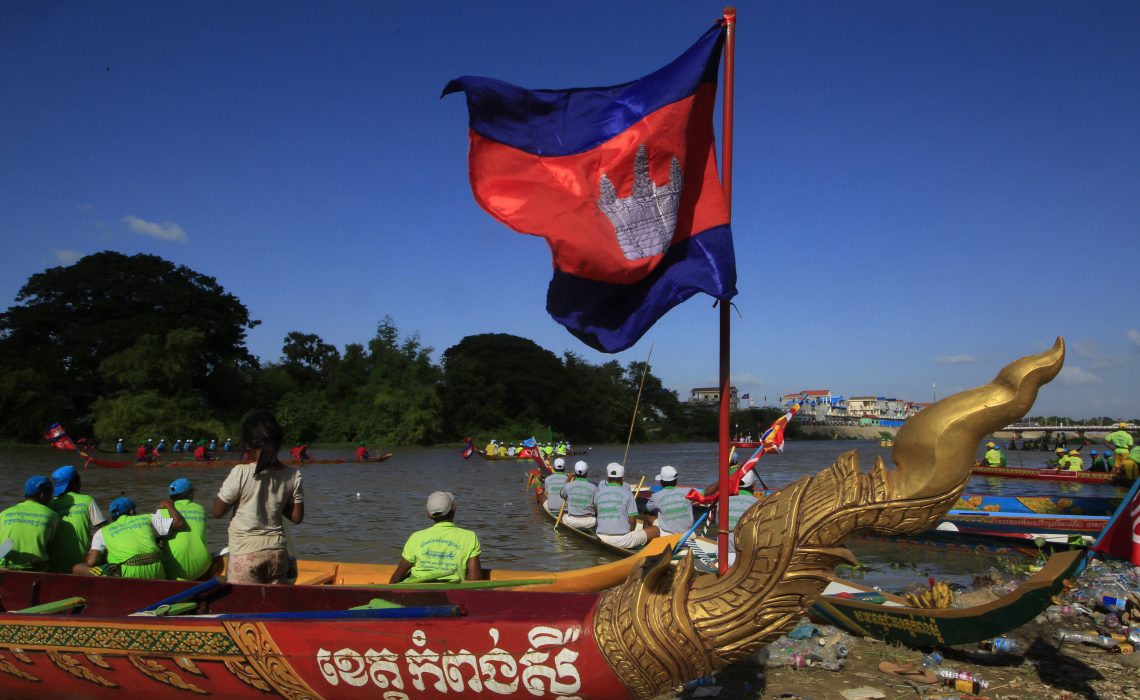
You might also like:
WATER is often used in Asia to herald the start of the new year. While the rituals begin the run of festivities, the end result is pretty much the same wherever you are – splashing water, soaked clothes and much revelry. Thankfully, many of these festivities take place in April, when much of the Asian region is baking hot and the liberal dousing of water is a welcome respite.
During these festivals, any self-respecting tourist that ventures outdoors should expect to be targeted by locals with water guns and hoses. The best way to enjoy it is to expect to get wet, plan accordingly, and go out with a good sense of humor. As New Year is a popular time to travel for tourists and locals alike, accommodation and travel during this period should be booked well in advance.
Thingyan, Myanmar
The Myanmar New Year water festival is celebrated from April 13-16. While it’s a Buddhist festival and the start of a variety of religious activities, the real fun for tourists is in the music, song, dance and water-throwing that is associated with it. Merrymaking is generally centered around neighborhood stages where traditional dance and music are performed at high volume throughout the night – pack your ear plugs if you plan to sleep through this. Given that this is the hottest time of the year, the water cannons, pistols and buckets are usually very welcome. If you want to stay dry, you should stay in your hotel room.
Yangon, the former capital, is normally the epicenter of these celebrations with truckloads of people traveling the city to engage in the fun. It’s far more laid back in regional towns and centers.
Songkran, Thailand
If you visit Thailand in mid-April, expect to run into Songkran, a celebration of the Thai New Year from April 13-15. We say “run into” because you simply won’t escape the festivities with celebrations taking place on every street and corner in the nation. In larger public areas, entire streets are closed off for street parties.
While the festival traditionally includes merit making, offering food to monks, paying respect to ancestors, and enjoying music and concerts, it has become particularly well known in Bangkok and Chiang Mai for its water parties. Songkran is probably the best known water festival in Asia and backpackers in particular often arrive en masse in popular tourist spots to join in the revelry. Tuk tuks are often the target of water attacks with buckets full of ice water. You may also be liberally smeared with chalk.
Bon Om Touk, Cambodia
The Cambodian Water Festival, Bon Om Touk, is not held in April, but in October or November at the end of the dry season to mark the reversal of the flow of the Tonle Sap and Mekong Rivers. As a result, everyone flocks to the banks of these rivers to celebrate and give thanks for the life the rivers provide the country. They also come to watch traditional boat races and concerts, and while every part of Cambodia joins in the celebrations, the biggest ones take place in Phnom Penh by Sisowath Quay where millions turn up.
Besides the regatta, there are three major ceremonies held during Bom Om Touk. They include a ceremony with salutations to the moon, the eating of a special rice that is mixed with coconut and banana, and floating illuminated boats on the water.
Pii Mai, Laos
In Laos, the New Year period is called Pii Mai and is celebrated every year from April 14-16, although it can last up to a week in the heritage city of Luang Prabang. Like other New Year festivals, this one has Buddhist roots, and merit making is therefore a big part of it with animals set free as well as the decoration or repainting of temple grounds. People will also go to monks or elders to receive blessings.
Water is used to wash homes, Buddha images, monks and elders, but also thrown at friends and just about anyone in the vicinity. While the more traditional aspects are held during the day, the evening is reserved for music, dancing and entertainment.To wish someone a Happy New Year you can say and then soak them with water. Luang Prabang is probably one of the best places to see the festivities, and apart from the aforementioned, events also include a beauty contest. Besides that, thousands stand by the stupas by the Mekong River, and the procession of the Buddha image of Prabang.
Source: travelwireasia.com
